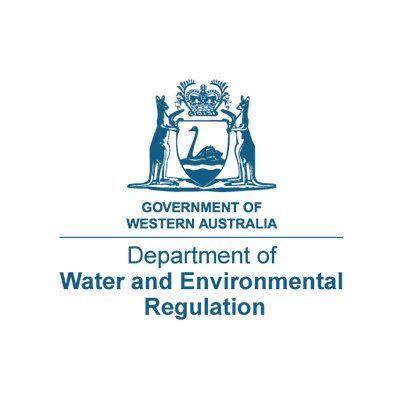The Government of Western Australia through its Department of Water and Environmental Regulation has the authority and mandate to measure the quality of groundwater and surface water across the country. The primary objective of carrying out an assessment of water is to ensure that the water is clean and safe for drinking and other purposes. Water assessment is done by assessing three classes of attributes, namely; biological, chemical and physical. Physical characteristics entail temperature, colour and sediment suspended in water. Chemical characteristics involve acidity or the PH, salinity, nutrients and contaminants, among other things. Finally, biological characteristics involve assessing bacteria and algae.
The Department of Water and Environmental Regulation carries out assessment levels for water quality to manage water resources. Assessment of quality levels helps in making a lot of decisions that deal with water resource. Assessment of water quality informs the steps which need to be taken when it comes to water resource management. Regular assessment of water quality by the Department of Water in Western Australia helps in knowing the amount of chemical, physical and biological components that are found in water. Assessment levels for water quality help to determine how temperature, oxygen, nutrients and salinity among other things have changed over time and how these changes affect or contribute to the death of fish and other living organisms found in water.
Department of Water and Environmental Regulation is engaged in regular assessment of water quality to have adequate information that will enable them to understand how several factors have influenced water quality over time and space and how these factors can be managed. Information acquired from assessing the quality of water is also used by the department to develop management strategies which are geared towards improving water quality. The department of water uses the information acquired from assessing the quality of water to determine the amount of water which need to be discharged downstream from a dam considering that the discharged water will sustain the river ecosystem at the same time serve the community.
Information on WA Assessment levels for Water Quality can be found on the excellent resource page, environmental standards and guidelines, at esdat.net. Environmental Standards are available for air, water and soil for the United States, Canada, Australia, New Zealand, United Kingdom, Holland and from the World Health Organization.

Reference
Leusch, F. D., Khan, S. J., Gagnon, M. M., Quayle, P., Trinh, T., Coleman, H., … & Reitsema, T. (2014). Assessment of wastewater and recycled water quality: a comparison of lines of evidence from in vitro, in vivo and chemical analyses. Water Research, 50, 420-431.






